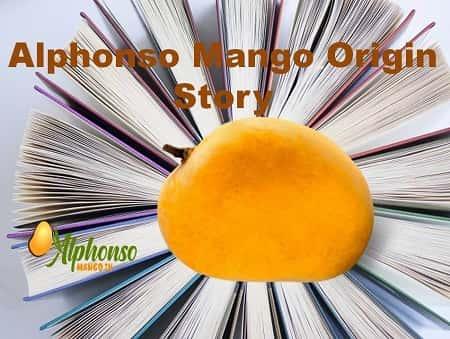
How many mango varieties in india
By Prashant Powle
"Want to know how many kinds of mangoes grow in India? This blog tells you all about them. Learn about the many different types of mangoes. Discover the special tastes...
aam hapus
aam hapus jodhpur
aam walla hapus
aamrai hapus
aamrai hapus online
all mango varieties in india
Allumpur Baneshan
Allumpur Baneshan mango
Alphanso
alphonso
Alphonso mango
Amarapali
Amarapalli mango
Amarpali
Amrapali
Amrapalli mango
Amrapally
Anaras mango
Anupam mango
Aruni mango
Baneshan mango
Bangalora mango
Banganapalli
Banganapalli aam
Banganapalli mango
Banganapally
Banganpalli
Banganpalli mango
Bathua mango
Begam Pasand mango
Bennet Alphonso
best indian mango varieties
best mango in the world
best mango varieties in india
best varieties of mango in india
Bhaduri mango
Bhati Aam
Bhati mango
Bhawani mango
biggest mango variety in india
Bimli mango
Bombai mango
Bombay Green
Bombay Green mango
Bombay Green mangoes
Bombay mango
Chandrakaran mango
Chandrakaran mango from kerala
Chaunsa mango
Chausa
Chausa mango
Chausa mangoes
Chena Manda
Chena Manda mango
Cheruku rasam mango
Cherukurasam mango
Dasehri
Dasehri mango
Dashehari
Dashehari mango
Dashehri
Dasheri
Dasheri mango
Dilpasand mango
Dophala Gol mango
early mango varieties in india
expensive mango variety in india
Fazli aam
Fazli mango
Fernandin mango
Ganga mango
gir kesar
gir kesar mango
Goa bunder mango
Gopal Bhog aam
Gopal Bhog mango
Gudadath mango
Gulab Basa
Gulab Basa mango
Gulab khas
Gulab Khas Mango
Gulabi mango
Gulabkhas
Gulabkhas mango
hapus
hapus mango
Himayuddin mango
Himsagar
Himsagar mango
Himsagar mangoes
how many different varieties of mango are found in india
how many mango types are there
how many mango varieties in india
how many mango varieties in world
how many type of mango in india
how many types mango in india
how many types mangoes in india
how many types of mango
how many types of mango are there
how many types of mango in the world
how many types of mangoes in the world
how many varieties of mango are available in india
how many varieties of mango are in india
how many varieties of mango are there in india
how many varieties of mango in india
how many varieties of mango in india in hindi
how many varieties of mango in the world
how many varieties of mango in world
how many varieties of mangoes are there in india
how many variety of mango in india
hybrid mango varieties in india
india mango varieties
indian mango season
types of indian mangoes
अल्फोन्सो आंबा
किशन भोग
Read more


